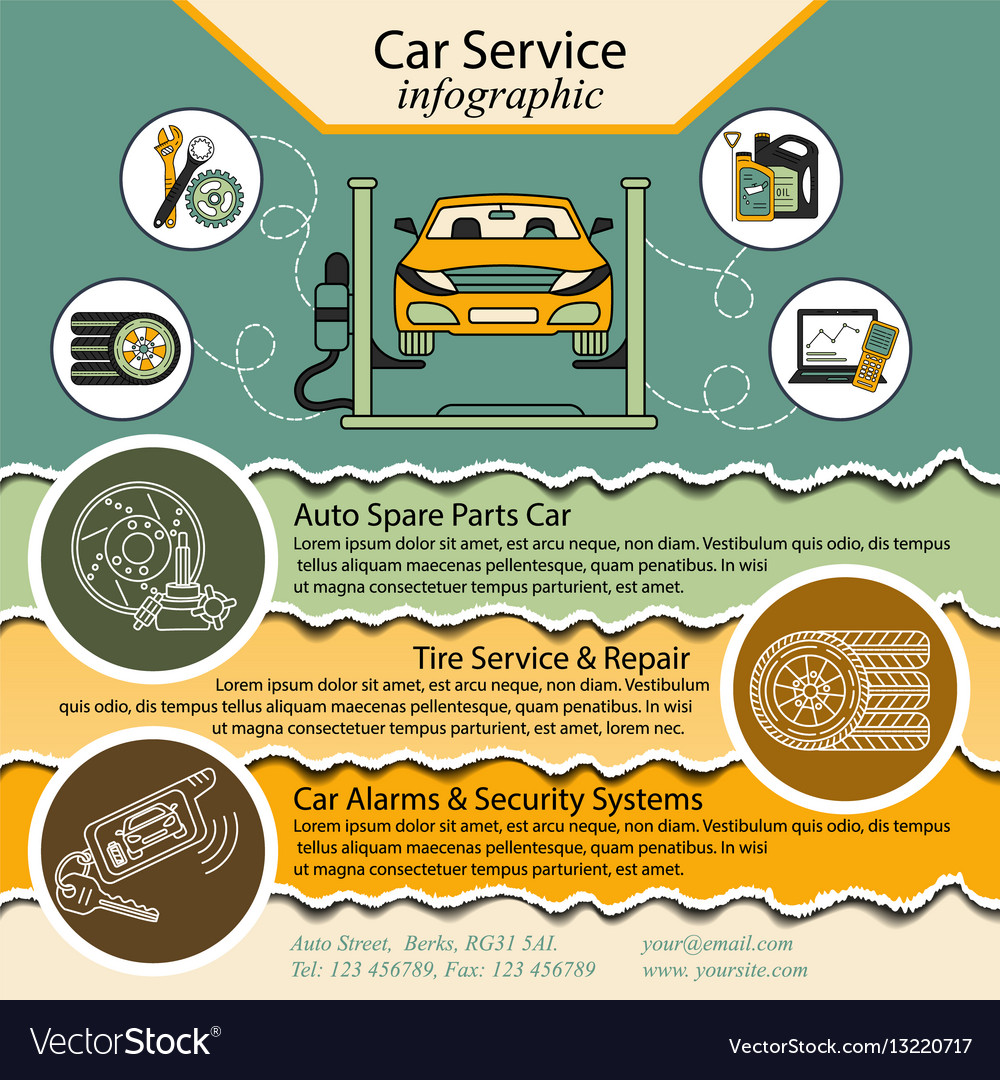Wondering Regarding The Meaning Behind Those Control Panel Caution Lights? Gain Understandings Right Into Their Implications For Your Automobile'S Security And Upkeep
Wondering Regarding The Meaning Behind Those Control Panel Caution Lights? Gain Understandings Right Into Their Implications For Your Automobile'S Security And Upkeep
Blog Article
Authored By-Lim Corbett
When you're behind the wheel, those glowing caution lights on your control panel can be a bit puzzling. Do you understand what they're attempting to inform you concerning your vehicle's health and wellness? Comprehending the importance of these lights is crucial for your safety and the longevity of your car. So, the next time among those lights turns up, wouldn't you want to decode its message properly and take the necessary actions to address it?
Common Caution Lighting and Interpretations
Determine typical warning lights in your cars and truck and understand their significances to make certain secure driving.
The most common caution lights consist of the check engine light, which signals problems with the engine or discharges system. If this light begins, it's critical to have your vehicle inspected without delay.
The oil stress cautioning light suggests low oil pressure, calling for prompt attention to stop engine damage.
A blinking battery light might recommend a damaged charging system, potentially leaving you stranded otherwise resolved.
The tire stress surveillance system (TPMS) light alerts you to low tire pressure, affecting lorry stability and gas efficiency. Disregarding this could bring about risky driving conditions.
The ABS light shows a trouble with the anti-lock braking system, compromising your ability to stop promptly in emergency situations.
Lastly, the coolant temperature cautioning light warns of engine overheating, which can result in serious damages otherwise dealt with swiftly.
Recognizing these typical caution lights will certainly aid you resolve issues quickly and keep secure driving conditions.
Importance of Prompt Attention
Understanding the common warning lights in your automobile is just the first step; the relevance of without delay addressing these cautions can not be emphasized enough to guarantee your safety and security when traveling.
When a caution light brightens on your dashboard, it's your auto's way of communicating a possible issue that requires interest. Disregarding these cautions can cause much more serious problems down the road, compromising your safety and security and possibly costing you a lot more in repairs.
Prompt interest to cautioning lights can avoid malfunctions and accidents. For example, a blinking check engine light might show a misfire that, if left ignored, can cause damages to the catalytic converter. Addressing carcleaningnearme can conserve you from a pricey fixing.
Similarly, a brake system cautioning light could signify low brake liquid or worn brake pads, essential components for your safety when driving.
DIY Troubleshooting Tips
If you discover a caution light on your dashboard, there are a few do it yourself fixing tips you can attempt prior to looking for professional help.
The very first step is to consult your auto's manual to comprehend what the specific warning light shows. Often https://arthurczusp.blogoscience.com/36045869/curious-about-vehicle-describing-supplies-discover-the-essential-tools-and-professional-recommendations-that-will-certainly-boost-your-detailing-abilities-as-a-novice can be as simple as a loose gas cap causing the check engine light. Tightening the gas cap might settle the problem.
Another typical problem is a reduced battery, which can cause numerous advising lights. Examining detail products near me for deterioration and guaranteeing they're protected might deal with the trouble.
If a caution light continues, you can try resetting it by separating the car's battery for a few mins and after that reconnecting it. Furthermore, inspecting your car's liquid degrees, such as oil, coolant, and brake liquid, can help fix warning lights related to these systems.
https://martinqlgzu.techionblog.com/29976641/the-change-of-automobile-detailing-practices-over-the-last-ten-years
To conclude, recognizing your automobile's warning lights is important for maintaining your lorry running efficiently and safely. By quickly dealing with these signals and knowing what they mean, you can avoid pricey repairs and prospective malfunctions.
Keep in mind to consult your car's handbook for specific details on each warning light and act appropriately to make certain a trouble-free driving experience.
Stay informed, stay risk-free on the road!
